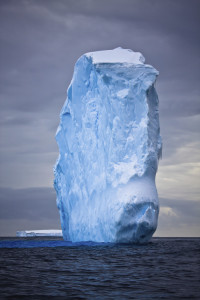
Why is Earth’s ice melting? How fast is it melting and why? Will polar species survive?
Colorado State University experts will address these and other questions at the upcoming panel, “Melting Ice at the Poles: What does it mean?”
Panelists will unpack the latest science behind the melting of ice at the Arctic and Antarctic polar regions Wednesday, Dec. 9, at Avogadro’s Number from 5 to 6:30 p.m.
The implications of melting ice are critical for iconic polar species, the global environment and people. Polar bears, seals, seabirds, fish and other species will see direct and indirect effects in their habitats and food sources from melting in the polar regions. The rising of sea level, changing of climates and the increase in extreme weather is currently, and will continue to be, a threat to the global environment, and will lead to the displacement of hundreds of millions of people around the world.
CSU experts who will help us unravel the science on these global issues include:
• Andrew Bliss, Department of Anthropology
• Rick Aster, Department of Geosciences
• Elizabeth Barnes, Department of Atmospheric Science, and
• Shane Kanatous, Department of Biology
The discussion will be moderated by Gene Kelly, associate director for Research and Development, CSU’s School of Global Environmental Sustainability.
The panel discussion—part of a Managing the Planet series—is free of charge and open to the public. You do not need to register to attend.